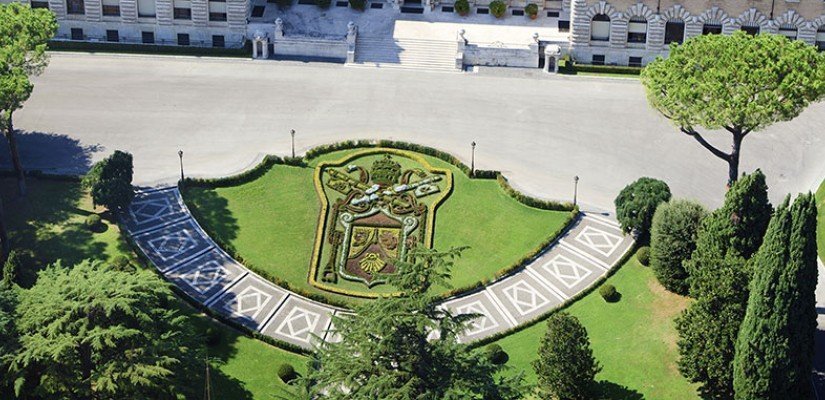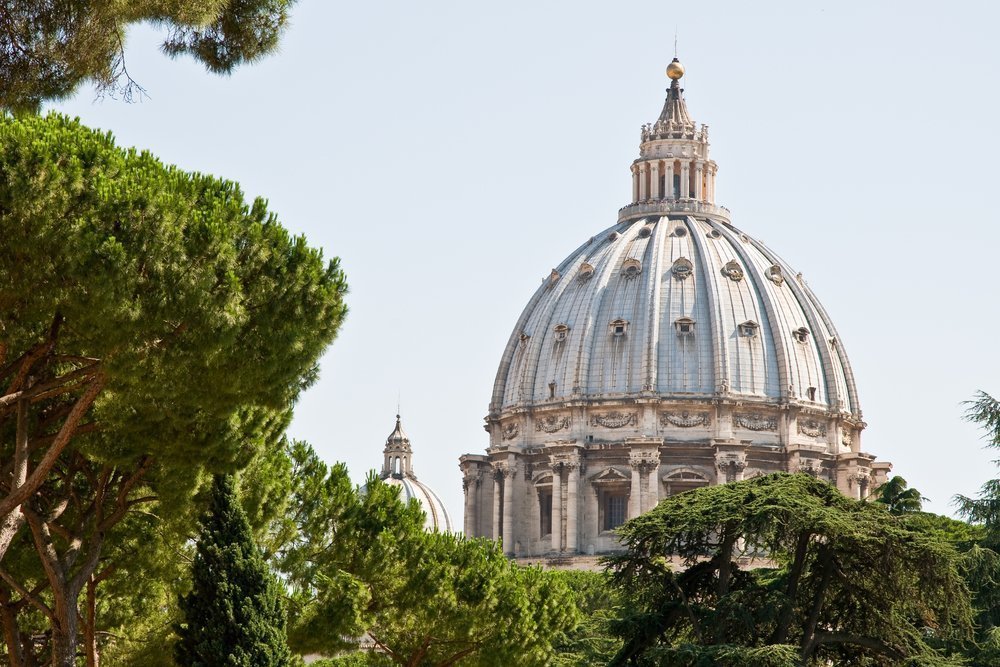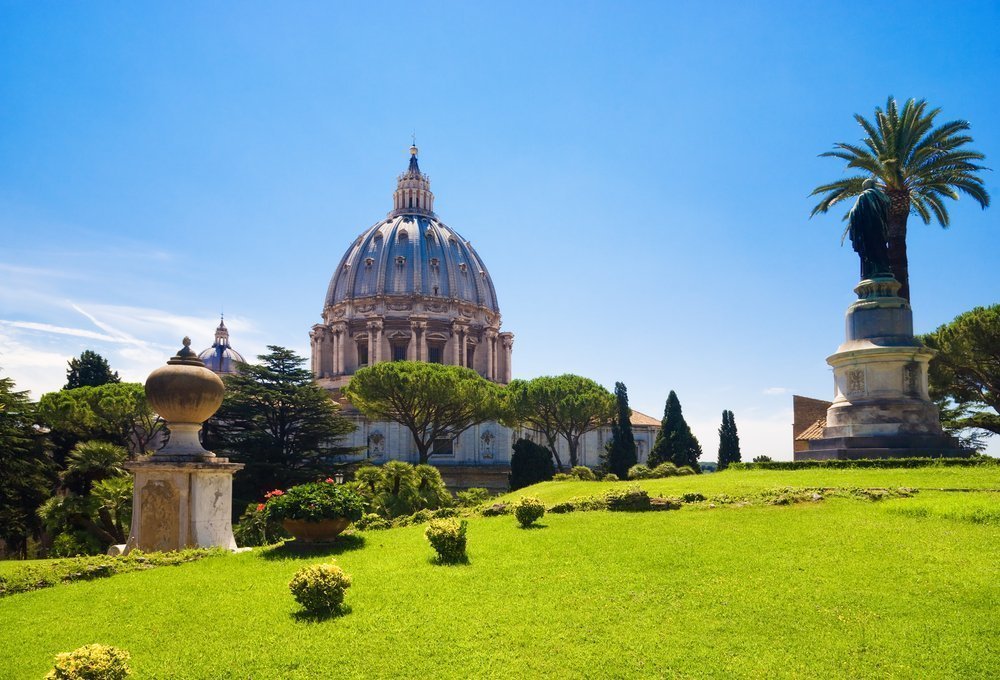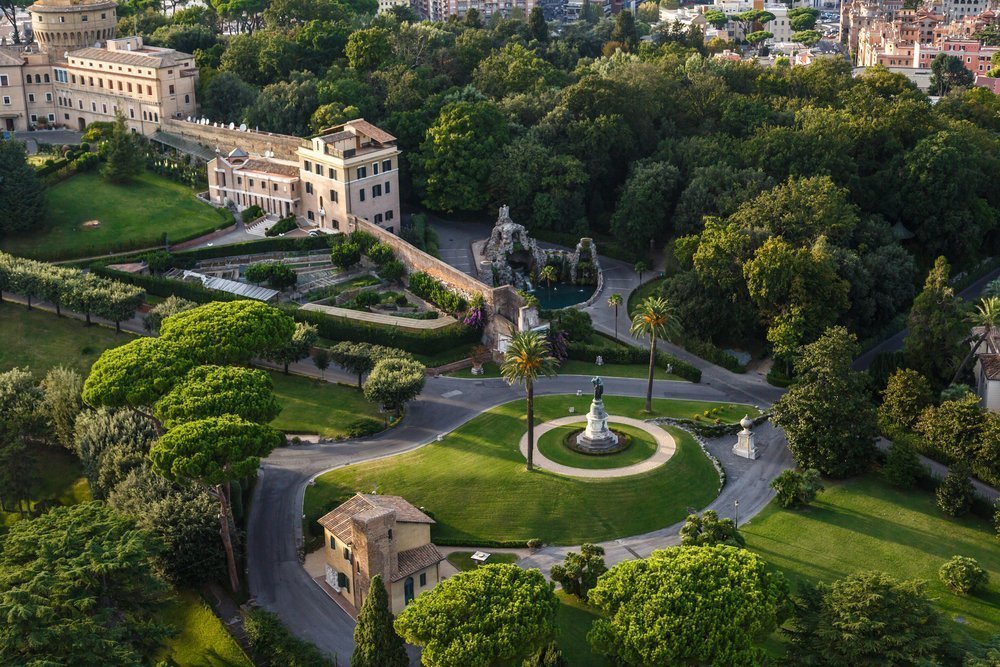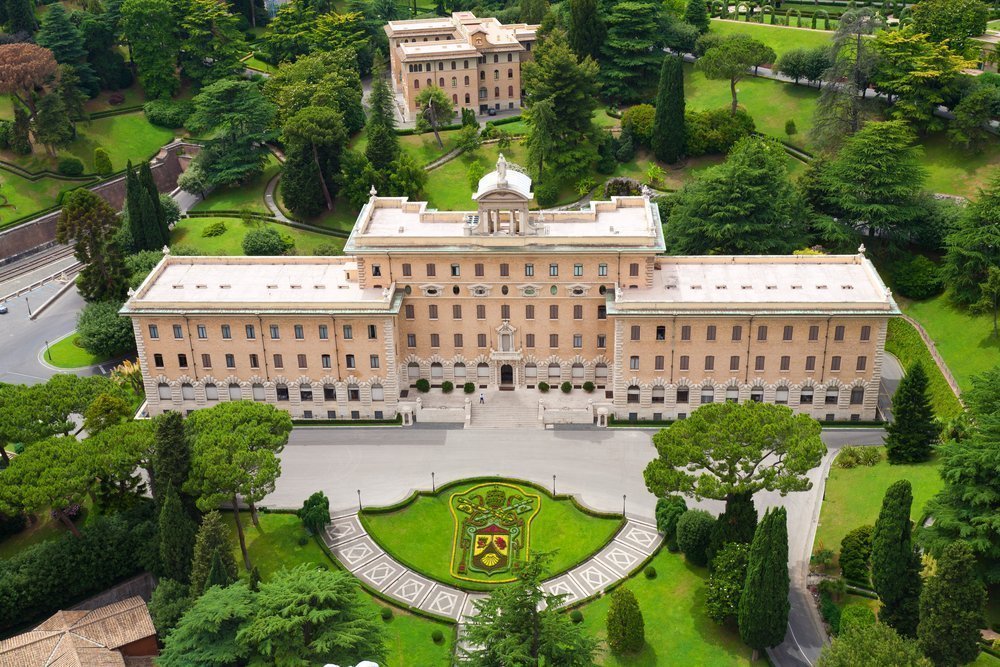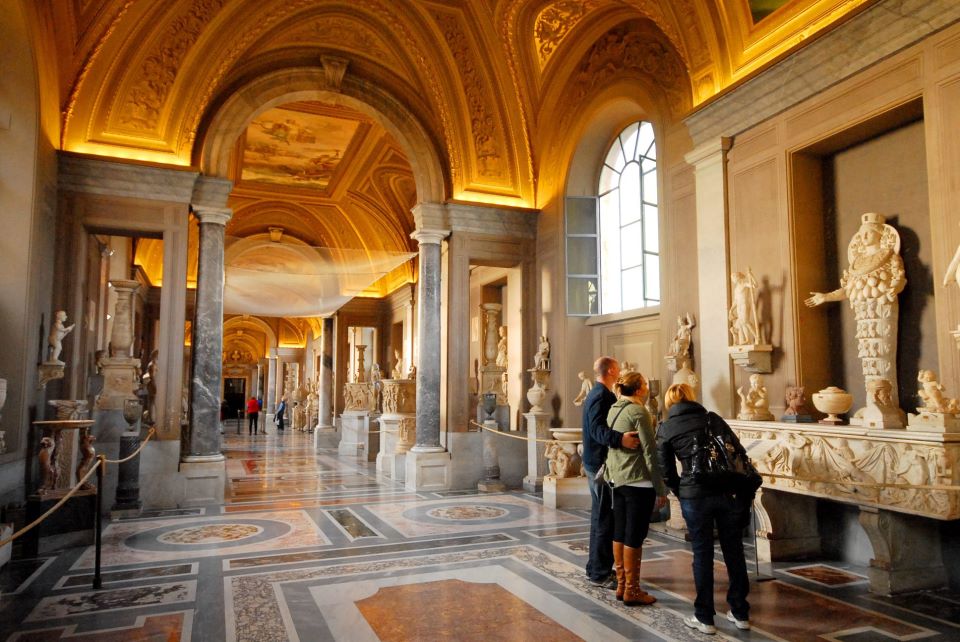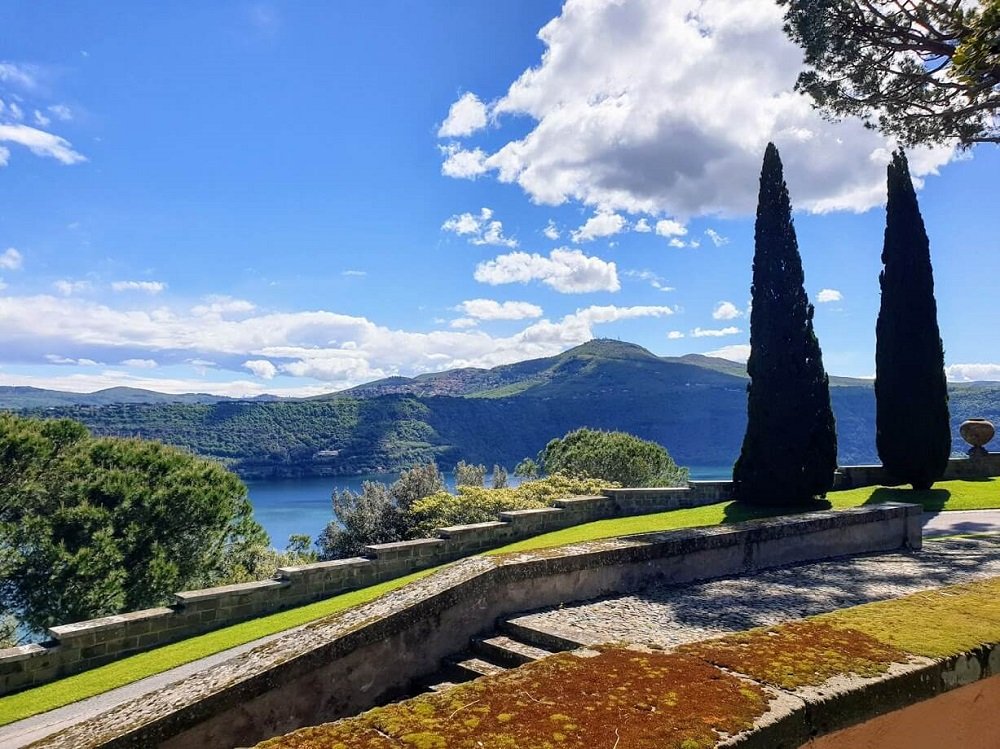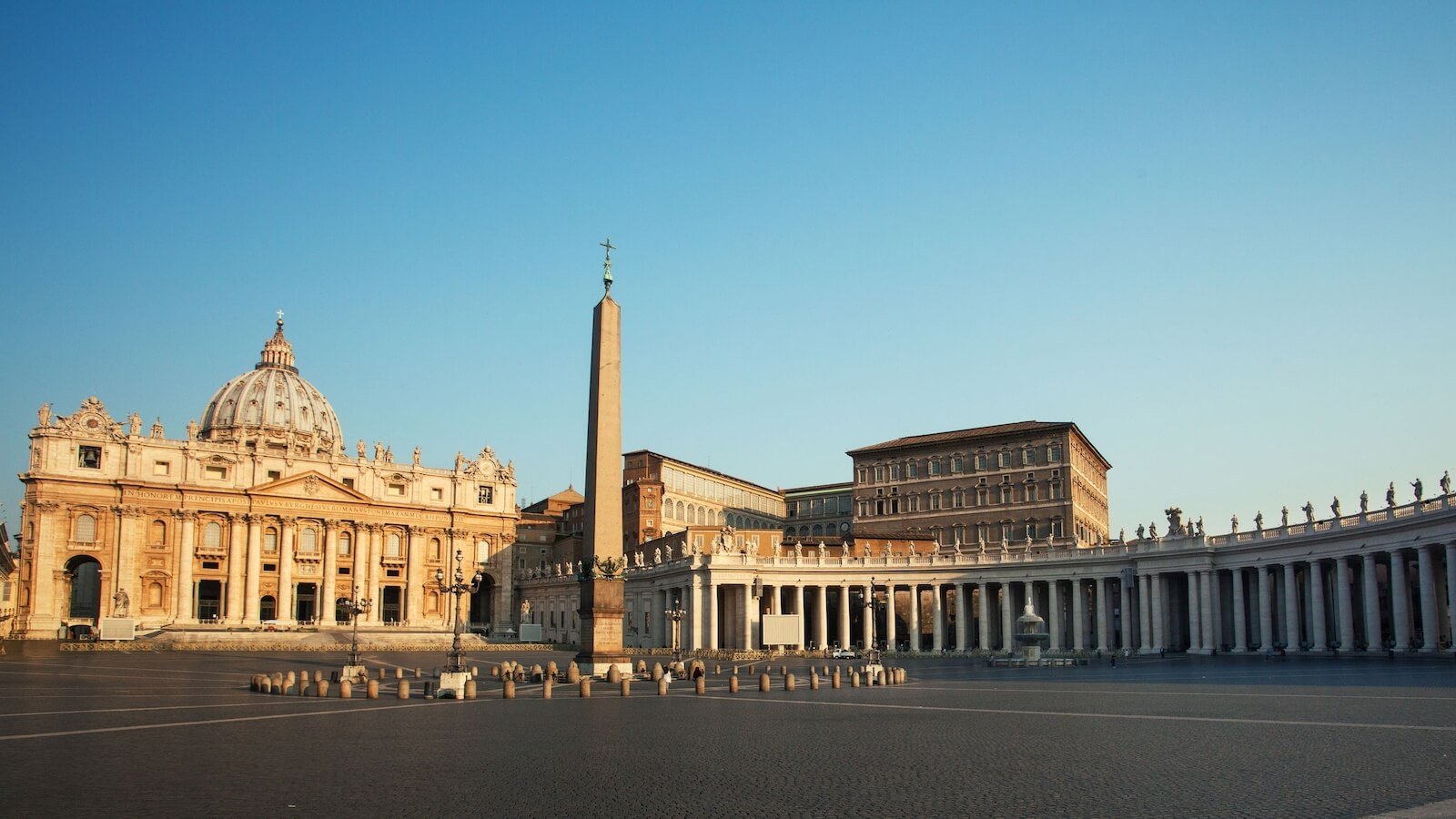The Vatican Gardens are one of the highlights of Vatican City, but are one of its least visited sites. Read on to discover why these beautiful gardens are so exclusive and special to visit.
1) More Than Just Beautiful Gardens
Providing a perfect blend of history, art, and faith, the Vatican Gardens are made up of flourishing grounds, papal shrines, Renaissance fountains and grottos, mature orchards, vines, and trees, as well as ancient monuments and sculptures.
2) Planting the Vatican Gardens
Pope Nicholas III began the Vatican Gardens in 1279 by planting an orchard, a lawn and a garden. He had just moved his papal residence from the Lateran Palace to the Vatican, and Pope Nicolas III wanted to modify the vineyards that already existed there and create a relaxing space for prayer.
As these areas have changed and grown significantly over the centuries, adding many pieces of art and expanding the gardens, today the gardens now include over 57 acres.
3) Names for the Vatican Gardens
The official name given to these gardens is “The Gardens of Vatican City”, but there are also other names associated with the gardens. But most visitors today use the name, “Giardini Vaticani” (Vatican Gardens) to identify the gardens. Still others refer to them as the “Pope’s Playground”, which fittingly describes the gardens’ function.
4) The Gardens’ Unique Landscaping Style
Once the landscaping was redone in the early 1500s, the Vatican Gardens are divided into three distinct landscaping styles: English, French and Italian.
From the English style gravel paths and naturalistic design, to the flowery French influences, and the dignified Italian estate, these gardens not only display the style of Italian gardens, but also those around Europe during the Renaissance period.
5) The Location of the Gardens
The Vatican Gardens are very large, covering more than half of Vatican City. The gardens spread from the western border up to Vatican Hill, with the highest point reaching 200 feet above sea level. Because of its location behind St. Peter’s Basilica and the Vatican Museums, the gardens are an enclosed space that is not often seen by tourists.
To get a view of the Vatican Gardens from above, climbing the cupola of St. Peter’s lets anyone see just how large these gardens are, and you can also get a fantastic view of the rest of Rome as well.
6) An Exclusive Space for Relaxation
Since the lush Gardens were intently designed for the Popes’ relaxation and meditation, access to the Vatican Gardens is limited to the public. Visitors today are only allowed to enter the gardens with a tour guide.
Although the space is limited, with Walks Inside Rome you can experience these private gardens for yourself. Our tours are coupled with a visit to the Vatican Museums, the Sistine Chapel, and Saint Peter’s Basilica.
→ Join us on a tour of the Vatican Gardens
7) The Vatican Gardens’ Artwork
Beginning in the 16th century, the Vatican Gardens became home to a magnificent collection of Renaissance masterpieces in the form of architecture, sculpture, and fountains.
With each piece more stunning than the next, it is almost impossible to decide the most impressive work of art. A well-known piece, the Fountain of the Eagle, celebrated the return of water to the Vatican from the Acqua Paola, and shows many eagles and dragons throughout. The equally majestic Lourdes Grotto is a replica of the cave “Grotto of Massabielle” in France, where it was believed that the Virgin Mary appeared 18 times in the mid-1800s.
8) Saint John’s Tower
Alongside the many architectural treasures, there is the medieval Saint John’s Tower or “Torre San Giovanni” which overlooks the Gardens. Originally built by Pope Nicholas III in the 16th century, it was rebuilt by Pope John XXIII in the early 1960s.
The space is mainly used today as papal apartments and spaces for special guests to stay during their visit to Vatican City. Saint John’s Tower has also been the site for important events over the years, including Pope Benedict XVI’s meeting with former U.S. President George W. Bush in 2008.
9) Additions to the Gardens
Surprisingly, the Gardens are also home to the Vatican heliport, train station, and radio station. The heliport and train station are for private (papal) use, but the Vatican Radio Station, added in 1931 by famed inventor Guglielmo Marconi, can be used by the general public.
The Governor’s Palace, which holds much of the Vatican City’s government, is also located in the gardens. This palace is right behind St. Peter’s Basilica, and is one of the more recognizable buildings in the Vatican Gardens.
10) Images of Mary in the Vatican Gardens
Starting in the early 1900s, the Vatican Gardens started a collection of the different images of Mary, starting with Our Lady of Lourdes in 1902.
Today, the Vatican Gardens have 17 “Maria” images, symbolizing prayers for the Virgin Mary in various languages and cultures. One of the most recent additions was in May 2019, when a mosaic of Our Lady of Quinche, the patroness of Ecuador, was added to this impressive collection.
Walks Inside Rome offers unique private morning tour of the Vatican Gardens on most days of the week.
→ Click here to view all of our Vatican Tours

